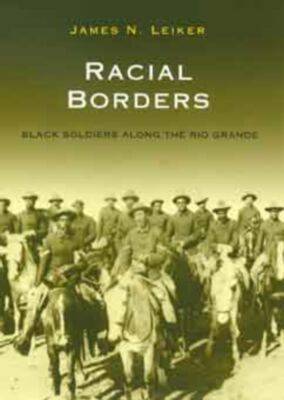South Texas Regional Studies
1 total work
Racial Borders
Published 11 January 2002
When the Civil War ended, hundreds of African Americans enlisted in the U.S. Army to gain social mobility and regular pay. These black soldiers protected white communities, forced Native Americans onto government reservations, patrolled the Mexican border, and broke up labor disputes in mining areas. Despised by the white settlers they protected, many black soldiers were sent to posts along the Texas-Mexico border. The interactions there among blacks, whites, and Hispanics during the period leading up to World War I offer James N. Leiker the opportunity to study the complicated, even paradoxical nature of American race relations. Racial Borders establishes the army's role in transforming the Rio Grande from a ""frontier"" into a ""border."" But more important, it warns about the dangers of simplifying history into groupings of ""white and non-white,"" ""oppressors and oppressed."" Leiker draws on Mexican and U.S. military records and Texas state and black national newspapers to remind scholars and reformers of the tangled history of race relations in America.
